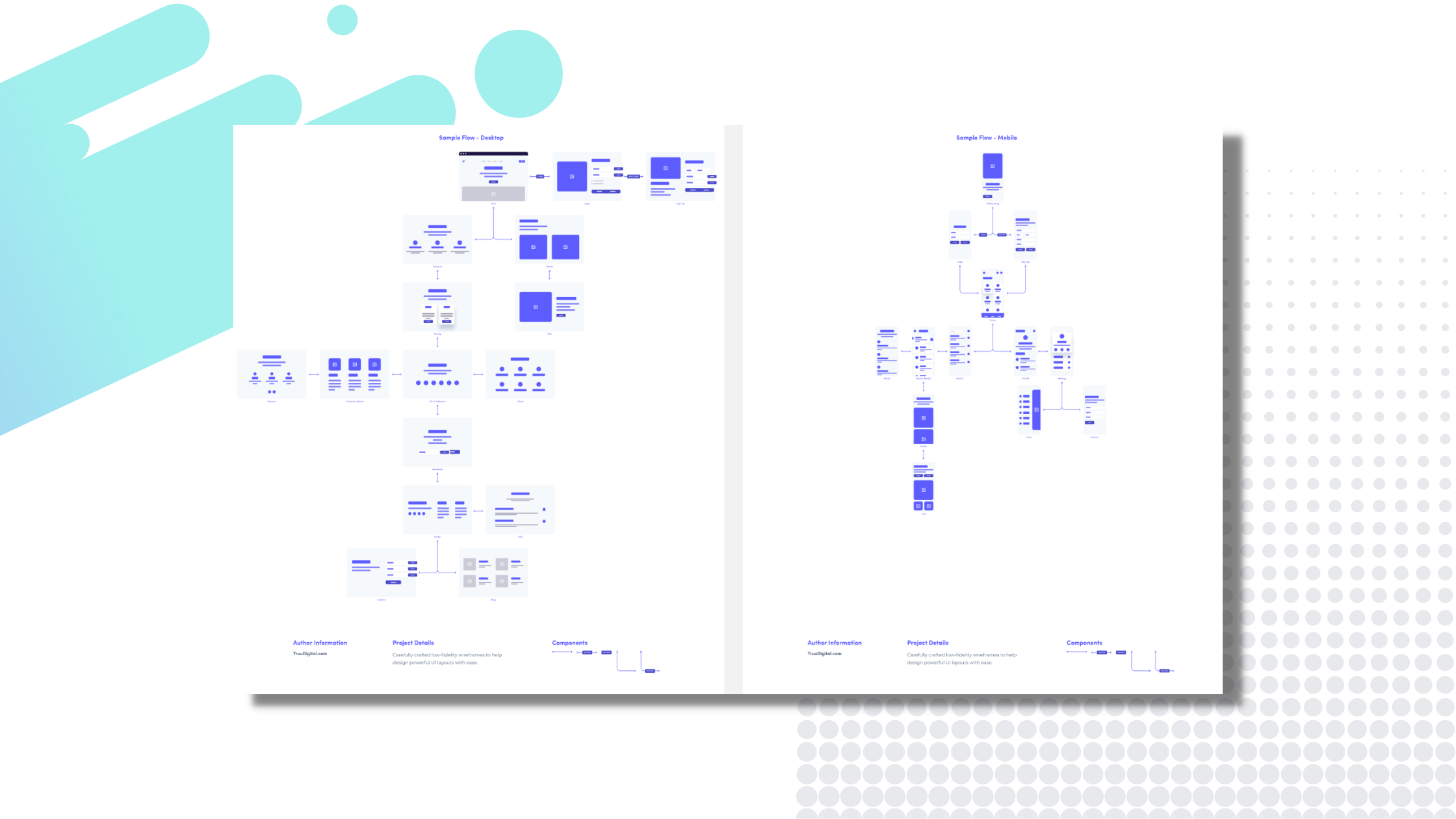 6-minute read
6-minute read
Digital Transformation (DX) goes hand-in-hand with the digital-first era, and it means companies have a lot to think about when it comes to the digital experiences and interactions they offer their customers.
While you likely operate across multiple channels and devices, ultimately, your website is considered the "home base" for your company's digital presence. It's the be-all-end-all resource when a customer wants to learn more about who you are, what you offer, and how they can work with you. So, is your website checking all the boxes?
Staying on top of the latest best practices in website design and digital experiences isn't easy, but as we move into a new year, it's a good idea to take the time to review your website and make sure it's meeting the marks in regards to your customer experience. Here are six website design tips for 2021.
#1 Stylized UI
Your website's user interface has to offer a highly unique, branded, customized CX. The way your UI looks and feels is a direct reflection of how people perceive your company. If it feels outdated, clunky, or hard-to-navigate, that's all going to harm your customers' interactions with your brand.
As your brand and its customers evolve over time, your website's UI should be one of the first things to adapt to and embrace those changes. Having a UI that lags behind will harm your brand image, especially if you're a company in the tech or digital space where customers have even higher expectations for a modern, impressive website.
#2 Interactive Design
Modern websites require interactive design. That means your homepage is more than just something to look at. All of your website's pages should have something to engage customers, whether it's embedded videos, a customizable user experience, or something other than helps show off your brand while keeping visitors excited about browsing your site.
Interactive design increases the average time a visitor spends on each page, and it makes your website a unique experience, something they'll remember and want to return to in the future. Of course, you should remember that everything needs to serve a purpose. Avoid gimmicky "interactive" elements, like a music player, unless it's directly relevant to your brand.
#3 Journey Facilitation
When a visitor comes to your website knowing nothing about your brand, how do your web design and its content aid them in the journey to becoming a lead and, eventually, a customer? For many brands, they have no idea how to answer such a question.
While it can seem daunting, especially if you already have a website up-and-running, your website should facilitate the customer journey. That means having content created for people in various stages of the funnel and connecting that content through organization, links, and calls-to-action that help drive people from the awareness phase to the decision phase.
It's not easy designing a website that nurtures leads, but it is possible. It's a highly valuable element to invest in, and it should inform the framework of your entire web design initiatives.
#4 Gradients
Solid color backdrops and elements just don't look great in the world of modern web design. Gradients are a simple tool but very effective at visually carrying the visitor from one section to the next. Gradients help ease the transition between colors, sections, and elements, and they blend things together, making for a seamless website experience.
So, while they may seem like a very basic element of web design, gradients aren't something you should overlook. They will help you visually bring content together and inspire visitors to keep exploring.
#5 Scrolling Effects
Most websites are built from top-down. It's rare to see a web page that doesn't require scrolling, and that's normal. However, when your website is thinking about user experience, you must consider the scroll bar and its effects, even if it seems minuscule. After all, scrolling is probably something visitors will be doing on every page, every time they visit.
Scrolling effects are a small detail that can make a big impact on how your website is enjoyed and perceived. They can also help ease the transition from one section to the next or bring attention to certain elements of your website. Things like parallax backgrounds, combined with static images, can bring your brand to life.
#6 Dimensional Elements
Every website is a two-dimensional experience, but does it have to be? Dimensional elements help add depth to a design and can quickly take a website from passable to impressive. Dimensional elements are a fairly new part of web design, and they can transform the way a visitor sees your website. Space, plane, mass, and shape are all examples of components you can play around with to create the feeling of dimensions and depth.
With all of these tips in mind, make sure you aren't adding to the loading speed of your web page. People expect quick websites, so be mindful about how your design ideas will impact the time it takes for a web page or its elements to load. Meanwhile, make sure that you don't get overzealous. Overusing certain elements or effects is worse than not using them at all.
When done right, these tips can help transform your website into a memorable digital experience. The trick is having the right web design team to help you do it. Play around with these ideas, sit down, and come up with a plan to make sure that your website's design is working for your brand.


